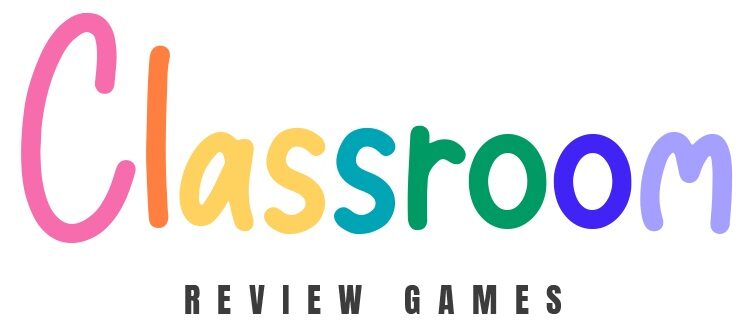5 Time Management Games for Students
Time management is a critical skill for success in both academic and personal life. Through fun and interactive games, students can learn how to prioritize tasks, manage their time effectively, and increase their productivity. These games simulate real-life situations where students must make decisions about how to best use their time, teaching them valuable lessons in planning, organization, and the consequences of procrastination.

1. The Task Race
Materials Needed:
- A list of tasks or challenges
- A timer
How to Play the Game:
Students are given a list of various tasks, each with a different “time cost” and “reward.” They have a limited amount of “time” (actual time on the timer) to complete as many tasks as possible. The goal is to accumulate the highest reward within the given time, requiring students to strategize and prioritize tasks based on their cost-benefit analysis.
Example:
Tasks might include solving a math problem for 5 points but taking 2 minutes, writing a short poem for 10 points but taking 4 minutes, or drawing a simple sketch for 3 points in 1 minute. Students must choose which tasks to tackle to maximize their points, simulating real-life decisions on prioritizing work.
2. The Deadline Dash
Materials Needed:
- Project briefs for various assignments
- Clocks or timers to keep track of “deadlines”
How to Play the Game:
Students work in teams to complete assignments with tight deadlines. Each team must manage multiple projects simultaneously, deciding how to allocate their time effectively to meet all deadlines. This game emphasizes the importance of planning, delegation, and flexibility in managing time.
Example:
One team might have to complete a science project, prepare a book report, and create an art piece. They must plan their approach, divide tasks among team members, and adjust their strategy as needed to ensure all projects are completed on time, mirroring real-life project management scenarios.
3. The Time-Block Challenge
Materials Needed:
- A set of “time blocks” representing different time intervals (e.g., 15 minutes, 30 minutes, 1 hour)
- A list of activities or tasks
How to Play the Game:
Students use the time blocks to create a schedule for their day, allocating specific blocks to different activities or tasks. The challenge is to fit all necessary tasks into the day without running out of time blocks, teaching students about the finite nature of time and the need for effective scheduling.
Example:
Students must fit tasks such as homework, exercise, meals, and leisure into their daily schedule, making tough choices about what to prioritize and what might need to be shortened or omitted. This game helps students visualize and understand the trade-offs involved in daily planning.
4. The Procrastination Pitfall
Materials Needed:
- Task cards with varying levels of difficulty and importance
- “Distraction” cards depicting common time-wasters
How to Play the Game:
Students draw task cards that they must “complete” within a certain timeframe. However, they also draw distraction cards that can delay their progress. The goal is to complete the most important tasks while avoiding or minimizing distractions, highlighting the impact of procrastination on productivity.
Example:
A student might draw a task card to study for an exam (high importance) but then draw a distraction card to browse social media (time-waster). They must decide how to balance completing their task with the temptation of distractions, mirroring the real-life challenge of staying focused.
5. The Efficiency Expert
Materials Needed:
- A variety of tasks or challenges, each with a “standard” completion time
- Stopwatch or timer
How to Play the Game:
Students attempt to complete tasks in less than the “standard” time, encouraging them to find more efficient ways to work. After each task, students reflect on their methods and discuss how they might improve their efficiency further, fostering a mindset of continuous improvement and time-saving strategies.
Example:
A task might be to organize a set of books by genre and author in 5 minutes. A student might initially take 6 minutes but then strategize to reduce the time to 4 minutes by implementing a more systematic approach, learning about the benefits of planning and organization in time management.
